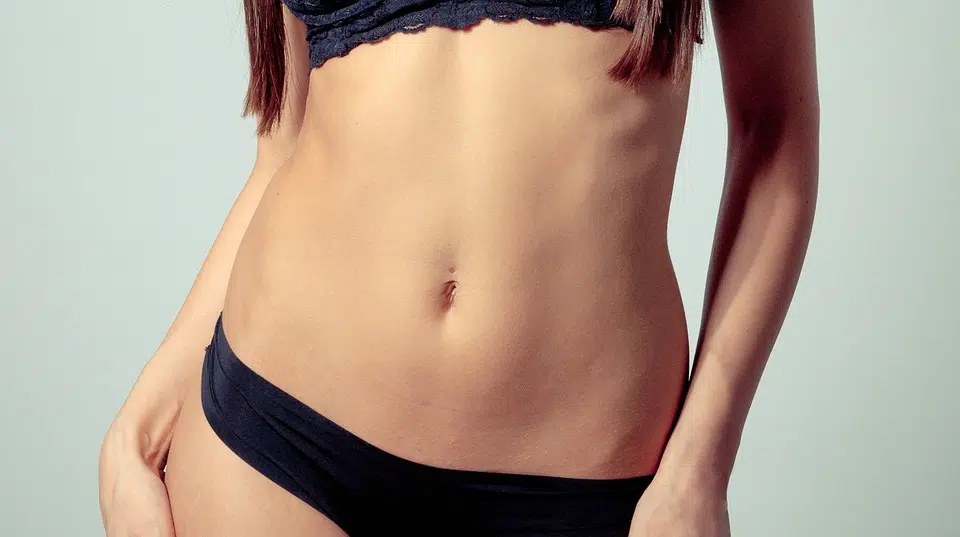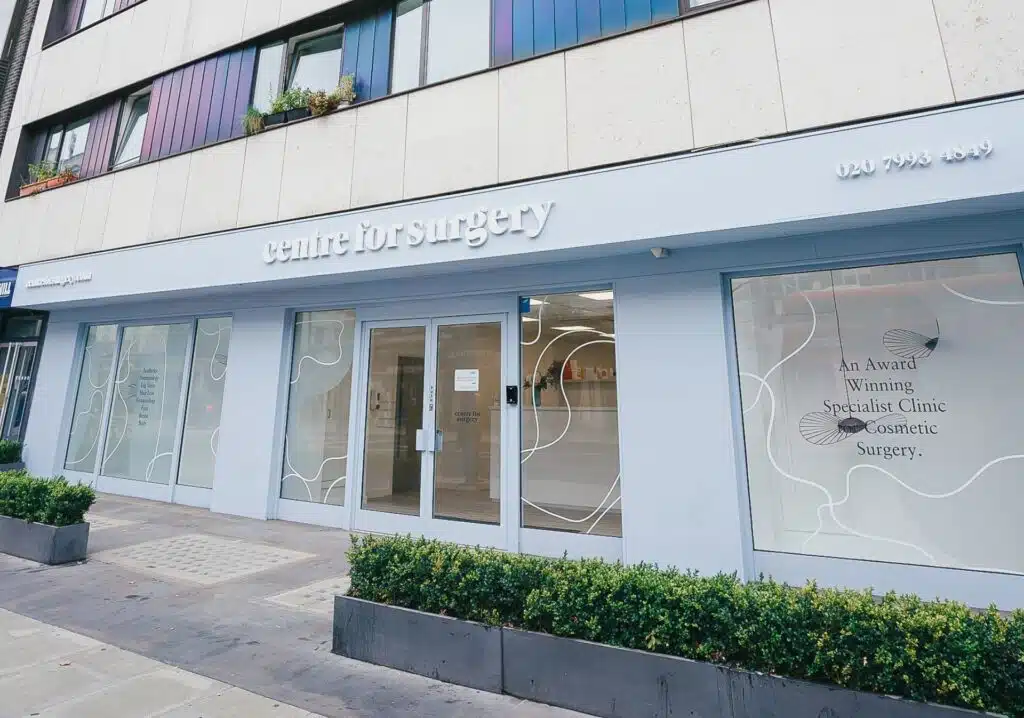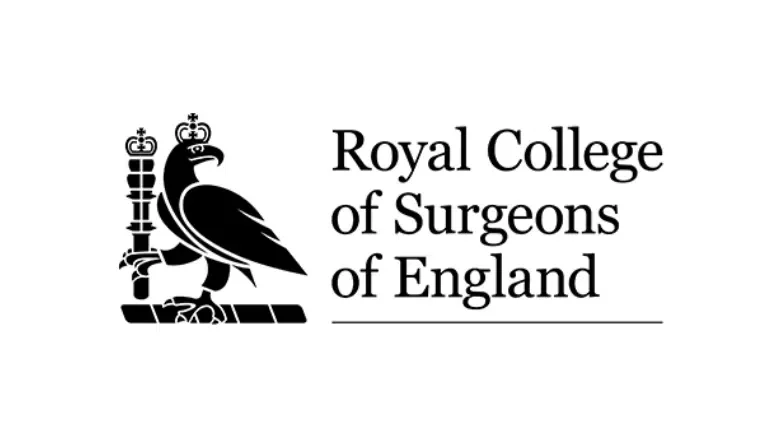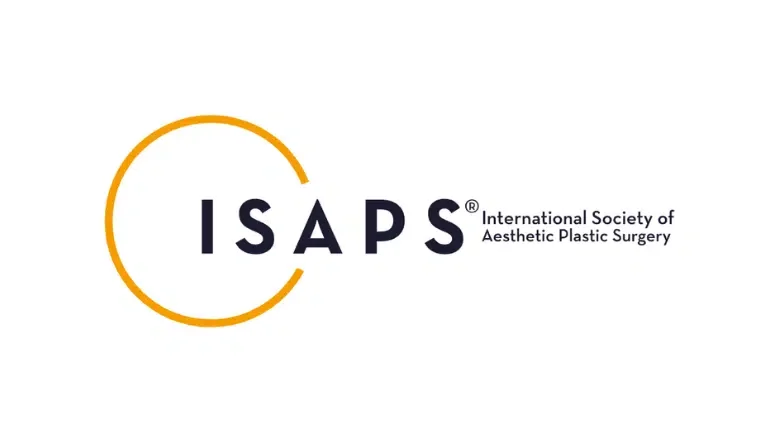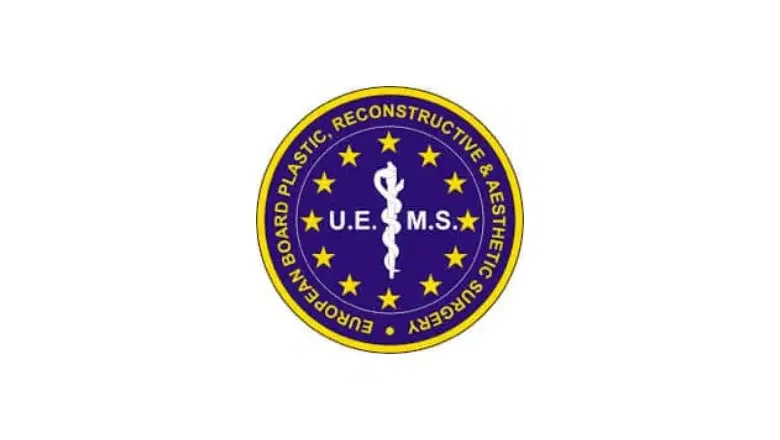While you are pregnant, the uterus grows and subsequently stretches the muscles in the abdomen. In some instances, this can cause the two parallel abdominal muscles to separate. After birth, sometimes, these muscles will come back together. However, sometimes, the gap will not close and is still noticeable months after birth. This is known as “diastasis recti”. This will cause a bulge in the middle of the stomach where the muscles have separated. The chances of this happening increase when there is large weight gain during pregnancy or when there are twins or multiple births. Those with diastasis recti may wish to rectify it by undergoing diastasis repair. This involves having a tummy tuck to remove the excess skin.
RELATED: Abdominal separation – diastasis recti after pregnancy
What are the symptoms of diastasis recti?
Diastasis recti is a condition where the two sides of the rectus abdominis muscle (the “six-pack” muscle) separate, often due to pregnancy or significant weight gain. The symptoms of diastasis recti can vary, but some common signs include:
A visible bulge or gap in the abdomen
One of the most apparent symptoms of diastasis recti is a visible bulge or gap in the midline of the abdomen, especially when the abdominal muscles are engaged, such as during coughing, laughing, or lifting.
Lower back pain
The separation of the abdominal muscles can compromise core strength and stability, leading to increased strain on the lower back and subsequent pain.
Poor posture
Diastasis recti can affect the overall posture, as the weakened abdominal muscles may cause a forward tilt of the pelvis and an increased curve in the lower back.
Constipation and bloating
A weakened abdominal wall may contribute to digestive issues such as constipation and bloating due to reduced support for the abdominal organs.
Pelvic floor dysfunction
Diastasis recti can be associated with pelvic floor muscle weakness, which may lead to symptoms like urinary incontinence, pelvic pain, and pelvic organ prolapse.
Difficulty in performing core exercises
People with diastasis recti may find it challenging to engage their core muscles effectively and may struggle with exercises that require abdominal strength and stability.
Umbilical hernia
In some cases, diastasis recti can cause an umbilical hernia, where a portion of the intestine or fatty tissue pushes through the abdominal wall near the navel.
How can I tell if I have diastasis recti?
Before considering surgery, you may wish to try and confirm whether or not you have diastasis recti. To find out whether or not you have diastasis recti, you can use your fingers and apply pressure 2 centimetres above your belly button. You will then be able to feel whether or not there is an empty space between the abdominal muscles.
Doing this can also help figure out the severity of your diastasis recti. Some people may have a larger separation than others. There are generally three stages of severity:
- Minor: This is 1cm wide and 5cm in length and will generally repair itself once you start exercising your abdominal muscles after birth
- Mild: This is 2cm and 10cm in length; exercise may be able to help correct it at this stage. However, it will not fully resolve it. This does not necessarily require surgery.
- Severe: This is wider than 2cm and longer than 10cm. This will not correct itself with exercise and must be corrected with surgery.
It is a big decision to decide whether or not to have surgery to rectify diastasis recti. Generally, only those who are considered to have severe diastasis recti will require surgery.
Can I have diastasis repair?
To repair diastasis recti, you will need to undergo a tummy tuck. So, are you an eligible candidate for a tummy tuck? To undergo this procedure, you will need to:
- Be physically and mentally healthy
- Be over 18 years old
- Be a non-smoker, or be able to stop smoking at least two weeks before surgery
- Be as close to your goal weight as possible. If you plan to lose more weight in the future, you may wish to put off this surgery until all the weight loss is complete.
It is important to understand that a tummy tuck will not remove excessive fat. Instead, it will focus on tightening the abdominal muscles and removing excess skin. If you are looking to have excess fat removed, you may be more interested in liposuction.
What happens during diastasis repair surgery?
You will be given a general anaesthetic so that you will be asleep throughout the procedure and unable to hear or feel anything. The procedure will take around two to three hours to complete. The procedure will involve an incision that runs horizontally from hip to hip. The abdominal muscles are tightened, and excess skin is removed. In some instances, the belly button will need to be repositioned. Liposuction will be undertaken to remove any excess fat in the abdominal area if necessary. Once the excess fat and skin have been removed, the skin is pulled down and sutured closed. You will have a tighter, flatter abdomen. Surgeons at Centre for Surgery perform a drain-free tummy tuck for selected patients. This means you will not have surgical drains at the incision site after the surgery. Essentially, you will have a faster recovery time, which will involve less discomfort. The scar will also be thinner than when compared to a traditional tummy tuck.
What will the recovery period be like?
You will be given a compression garment, which you will need to wear over the incision area. This helps to keep the abdomen flat and contoured and also helps to speed up the recovery by reducing swelling and bruising. It is normal to experience some swelling and bruising, which should fade after one to two weeks. Once this swelling has reduced, you will be able to notice the procedure’s results and see your new, slimmer profile. However, it may take several weeks or months to see the final result of the procedure – this timeframe will vary depending on the surgical method and what was involved in the procedure.
It is essential to rest after the surgery. You will experience some level of pain and discomfort following the procedure, with the worst pain experienced in the first two days. This pain can be managed with appropriate medication. You will have to avoid any physical activity for two to three weeks. You will have to avoid any abdominal exercises, such as crunches, sit-ups and running, for at least one month. If you are a smoker, you will need to refrain from smoking throughout the recovery period.
